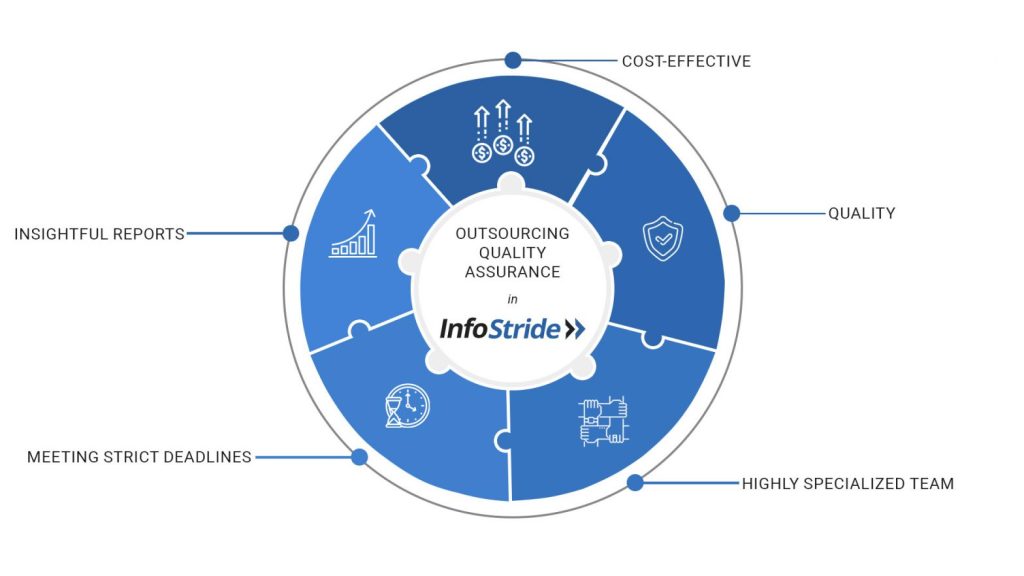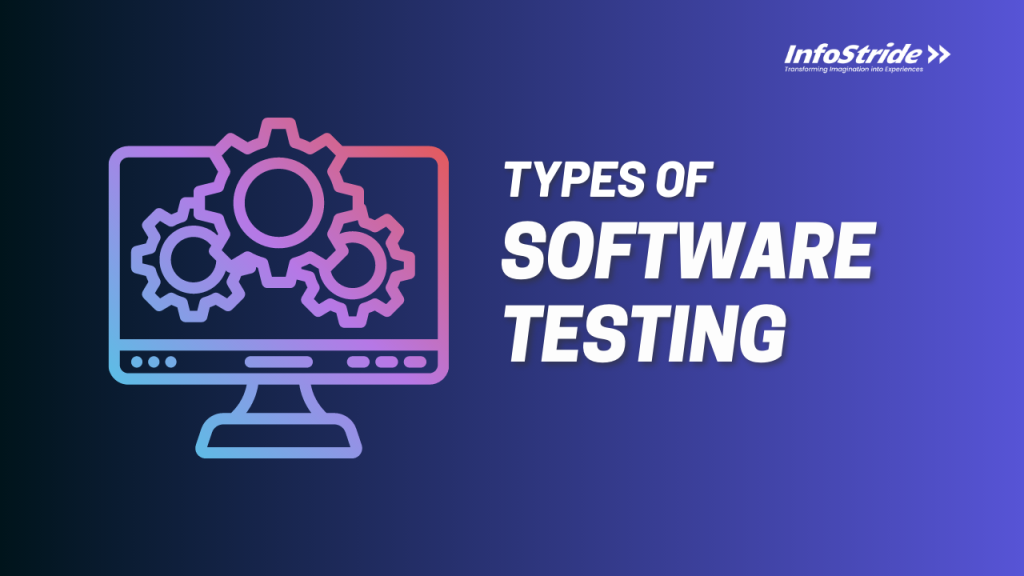In recent years, healthcare facilities worldwide have faced significant staffing challenges, exacerbated by crises such as pandemics and natural disasters. These events have highlighted the critical need for flexible and effective staffing solutions to ensure the continuity of patient care and the well-being of healthcare professionals.
The Healthcare Staffing Crisis
Healthcare systems are struggling with a severe shortage of qualified personnel, a problem compounded by increasing patient demands and complex healthcare needs. The current challenges include a lack of skilled professionals, high turnover rates, and increased burnout among existing staff. This staffing crisis has been further intensified by unexpected events like pandemics and natural disasters, which can lead to sudden surges in patient numbers and require rapid adjustments in staffing levels.
The Impact of Crises on Staffing Needs
During a crisis, healthcare facilities must quickly scale their workforce to meet the heightened demand for medical care. Pandemics, for instance, not only increase the number of patients but also pose a risk to healthcare workers, leading to potential absenteeism due to illness or quarantine.
Similarly, natural disasters can disrupt regular healthcare operations, creating an urgent need for additional staff to manage emergency response efforts. These situations reveal the vulnerabilities of traditional staffing models and underscore the necessity for adaptable and responsive staffing strategies.
Importance of Crisis and Emergency Staffing Solutions
To navigate these challenges effectively, healthcare facilities must implement crisis and emergency staffing solutions that allow for rapid deployment of qualified professionals. These solutions enable hospitals and clinics to maintain high standards of care even during periods of peak demand, ensuring that patient needs are met without compromising the health and safety of healthcare workers.
What Are Crisis and Emergency Staffing Solutions?
Crisis and emergency staffing solutions involve the rapid deployment of qualified healthcare professionals to fill gaps in staffing caused by emergencies. These solutions can include the use of temporary staff, travel nurses, and locum tenens, all of which are essential for maintaining patient care during critical times. By leveraging these resources, healthcare facilities can quickly scale their workforce to meet increased demands, ensuring that patients receive the care they need without delay.
Types of Staffing Solutions
- Temporary Staffing: Involves hiring healthcare professionals on a short-term basis to address immediate staffing shortages. This approach provides flexibility and allows facilities to adjust their workforce according to changing needs.
- Travel Nurses: Travel nurses are registered nurses who work temporary assignments in various locations, often filling in at hospitals and clinics experiencing staffing shortages. They bring valuable expertise and can be quickly mobilized to areas in need.
- Locum Tenens: This solution involves hiring temporary physicians to fill in for regular doctors who are unavailable. Locum tenens provide essential coverage, ensuring that medical services continue uninterrupted.
Key Components
To effectively implement crisis and emergency staffing solutions, healthcare facilities must focus on several key components:
- Rapid Response Teams: These are dedicated teams of healthcare professionals who are on standby, ready to be deployed at a moment’s notice. Rapid response teams are crucial for addressing urgent staffing needs and providing immediate support to overwhelmed facilities.
- Flexible Staffing Models: Flexible staffing models allow healthcare organizations to adjust their workforce in real-time, responding swiftly to changes in patient volume and staffing requirements. This adaptability ensures that facilities can maintain optimal staffing levels during crises.
- Technology and Tools for Quick Deployment: Advanced technology and innovative tools play a vital role in the efficient deployment of staffing solutions. From automated scheduling systems to real-time communication platforms, these technologies enable healthcare facilities to coordinate and mobilize their workforce rapidly and effectively.
Benefits of Crisis and Emergency Staffing Solutions
The implementation of crisis and emergency staffing solutions offers numerous advantages for healthcare facilities, particularly during times of unprecedented demand and staffing shortages. These solutions not only help maintain the quality of care but also support the overall well-being of healthcare professionals and optimize financial resources.
Ensuring Continuity of Care
One of the primary benefits of crisis and emergency staffing solutions is the ability to ensure continuity of care. Staffing shortages can jeopardize the quality and accessibility of patient care, leading to potential delays and compromised outcomes. By rapidly deploying additional healthcare professionals, facilities can maintain patient care standards, ensuring that every patient receives the necessary attention and treatment without interruption. This continuity is vital for patient safety and satisfaction, as well as for the facility’s reputation.
Maintaining Patient Care Standards During Staffing Shortages
Crisis staffing solutions allow healthcare facilities to uphold their commitment to high-quality care, even when faced with staffing shortages. By bringing in skilled temporary staff, travel nurses, or locum tenens, facilities can fill gaps quickly and effectively, minimizing disruptions in patient services. This ensures that the level of care remains consistent, regardless of external challenges or unexpected increases in patient volume.
Reducing Burnout and Stress
Healthcare professionals often face significant stress and burnout, particularly during crisis situations that demand increased workloads. Crisis and emergency staffing solutions provide essential support for existing staff by alleviating some of the pressures associated with understaffing. Bringing in additional resources helps distribute the workload more evenly, reducing the risk of burnout and improving morale among healthcare teams.
Support for Existing Staff
By supplementing the existing workforce with temporary and flexible staff, healthcare facilities can offer their regular employees much-needed relief. This support not only enhances job satisfaction but also encourages retention, as staff members feel valued and supported in their roles. A well-supported workforce is more likely to deliver compassionate and attentive care to patients.
Mitigating Burnout and Improving Morale
Addressing staffing shortages through crisis solutions can significantly reduce the risk of burnout, which is a common issue in high-pressure healthcare environments. By providing adequate staffing levels, facilities create a more balanced and manageable work environment, allowing healthcare professionals to focus on delivering excellent care without the added stress of being overworked. This, in turn, boosts morale and fosters a positive workplace culture.
Cost-Effectiveness
Crisis and emergency staffing solutions offer financial benefits by providing a cost-effective alternative to long-term understaffing. The use of temporary staffing can help facilities manage budget constraints by offering flexibility in workforce management. Facilities can adjust staffing levels based on current needs, avoiding the expenses associated with maintaining a larger permanent staff during periods of lower demand.
Financial Benefits of Temporary Staffing Solutions
Temporary staffing solutions allow healthcare facilities to allocate resources efficiently, paying for additional staff only when necessary. This approach reduces overhead costs and helps avoid the financial burden of overstaffing during slower periods. It also prevents the potential revenue loss associated with turning away patients due to inadequate staffing.
Avoiding the Costs of Long-Term Understaffing
Long-term understaffing can lead to increased overtime costs, higher turnover rates, and diminished patient care quality, all of which have financial implications. By implementing crisis and emergency staffing solutions, facilities can proactively address staffing gaps, minimizing these costs and ensuring that resources are used effectively to support patient care and facility operations.
Real-World Examples and Case Studies
Crisis and emergency staffing solutions have demonstrated their effectiveness across various scenarios. Below are detailed case studies showcasing how these solutions have been successfully implemented in real-world situations:
Case Study 1: Hospital Response During a Pandemic
During the COVID-19 pandemic, New York City’s Elmhurst Hospital Center faced an overwhelming surge of COVID-19 patients. In April 2020, the hospital reported having over 700 COVID-19 patients, with approximately 90% of its ICU beds occupied. To manage this crisis, the hospital utilized emergency staffing solutions, including temporary nurses and physicians from the National Guard and staffing agencies.
According to a report by the New York Times, the rapid deployment of these additional healthcare professionals allowed the hospital to expand its ICU capacity and maintain critical care services. The additional staff helped manage patient loads and provided crucial support to the existing workforce, which was under immense stress.
Case Study 2: Natural Disaster Response
In the aftermath of Hurricane Katrina in 2005, the Charity Hospital in New Orleans was severely impacted, with significant damage to its facilities and a critical shortage of medical staff. The hospital was forced to close temporarily, and the influx of displaced patients required immediate staffing support.
The Federal Emergency Management Agency (FEMA) coordinated the deployment of temporary medical teams, including personnel from the Department of Veterans Affairs and volunteer healthcare workers. According to FEMA’s report, these emergency staffing solutions enabled the establishment of temporary medical facilities and provided essential care to thousands of patients displaced by the hurricane.
Source: Hurricane Katrina After Action Report,” FEMA, March 2006.
Case Study 3: Seasonal Flu Surge
The seasonal flu surge of the 2019-2020 flu season saw a significant increase in patient volume across many healthcare facilities. For example, the Cleveland Clinic reported a 20% increase in patient visits during the peak flu season compared to previous years.
To manage the surge, the Cleveland Clinic employed a flexible staffing model, including temporary and part-time staff. According to a report by the Cleveland Clinic, this approach allowed the facility to maintain efficient operations and high patient care standards during peak periods, reducing wait times and supporting existing staff.
Source: Flu Season: Cleveland Clinic’s Strategy to Handle the Surge,” Cleveland Clinic, February 2020.
Challenges and Solutions
While crisis and emergency staffing solutions are essential for maintaining healthcare operations during periods of heightened demand, they come with their own set of challenges. Addressing these challenges effectively requires thoughtful strategies and innovative approaches.
Common Challenges in Crisis Staffing
Legal and Regulatory Hurdles
- Challenge: Healthcare facilities must navigate a complex landscape of legal and regulatory requirements when deploying temporary and emergency staff. These requirements can include state licensing regulations, credentialing standards, and compliance with federal and local laws.
- Impact: Delays in meeting these requirements can hinder the rapid deployment of staff and create legal risks for healthcare organizations.
Credentialing and Onboarding Processes
- Challenge: Ensuring that temporary and emergency staff are properly credentialed and onboarded quickly can be a time-consuming process. This involves verifying qualifications, background checks, and completing necessary training and orientation.
- Impact: Lengthy credentialing and onboarding processes can delay the availability of needed staff and impact the efficiency of crisis response efforts.
Effective Strategies to Overcome Challenges
Streamlining Credentialing and Onboarding
- Solution: Implementing streamlined credentialing and onboarding processes is crucial for minimizing delays. This can be achieved by:
- Pre-Approved Credentialing: Partnering with credentialing organizations or using centralized databases to expedite the verification of qualifications and licenses.
- Standardized Procedures: Developing standardized onboarding procedures to ensure that temporary and emergency staff can quickly integrate into the facility’s workflow.
- Pre-Orientation: Offering pre-orientation materials and virtual training modules to prepare staff before their arrival, reducing the time spent on-site for onboarding.
Leveraging Technology for Efficient Staffing
- Solution: Utilizing advanced technology can significantly enhance the efficiency of staffing processes. Key technologies include:
- Automated Scheduling Systems: Implementing automated scheduling platforms to quickly match available staff with current needs and manage shifts effectively.
- Real-Time Communication Tools: Using real-time communication tools to coordinate staffing efforts, share updates, and manage logistical challenges during crises.
- Data Analytics: Leveraging data analytics to predict staffing needs based on historical data and real-time trends, enabling more accurate and proactive staffing decisions.
InfoStride’s Healthcare Staffing Services
At InfoStride, we bring a wealth of experience and specialization to the field of healthcare staffing. With a deep understanding of the complexities and demands of healthcare environments, we are dedicated to providing tailored staffing solutions that address the unique challenges faced by healthcare facilities. Our expertise is built on years of successful partnerships with hospitals, clinics, and other healthcare providers, allowing us to offer a level of service that is both reliable and effective.
Experience and Specialization in Healthcare Staffing
InfoStride has a proven track record in delivering comprehensive healthcare staffing solutions. Our team is well-versed in the nuances of the healthcare industry, including regulatory requirements, credentialing standards, and the fast-paced nature of emergency response. We specialize in placing highly qualified professionals across various roles, ensuring that each facility receives the support it needs to maintain high standards of patient care.
Comprehensive Staffing Solutions
InfoStride offers a wide range of staffing services designed to meet diverse healthcare needs:
- Temporary Staffing: We provide flexible, short-term staffing solutions to address immediate needs and unexpected surges in patient volume. Our temporary staff are carefully selected to ensure they meet the high standards required for effective care delivery.
- Permanent Staffing: Our permanent staffing solutions are tailored to help healthcare facilities find the right long-term candidates for critical roles. We focus on matching candidates with the specific needs of the facility, ensuring a good fit for both the organization and the staff member.
- Travel Nursing: InfoStride offers travel nursing services that provide skilled nurses on temporary assignments across various locations. Our travel nurses bring expertise and adaptability, making them ideal for facilities experiencing temporary staffing shortages or those in need of specialized care.
Choosing InfoStride means partnering with a staffing provider that combines expertise, innovation, and a commitment to excellence, ensuring that your healthcare facility receives the best possible support during times of need.











